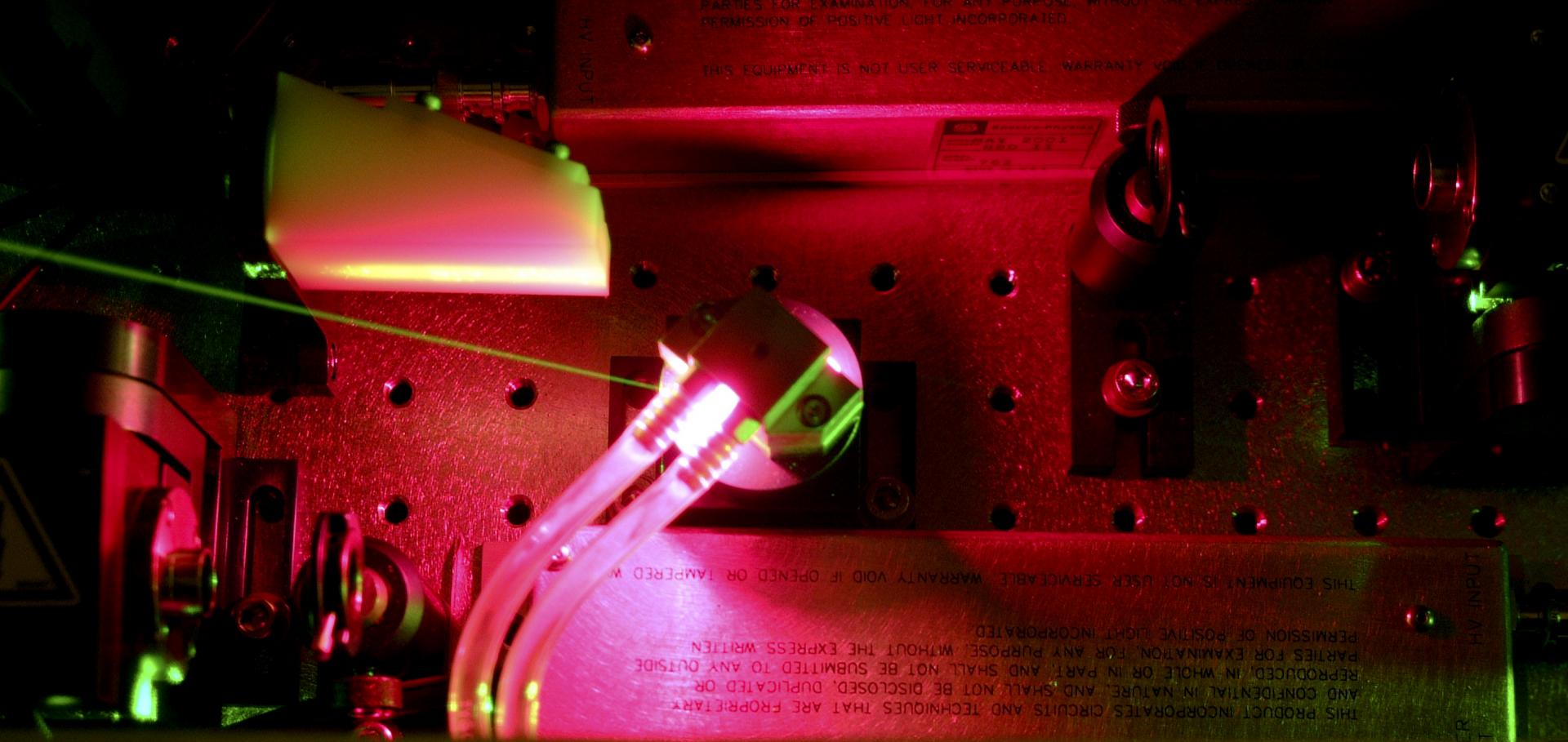OBSERVATION OF VACUUM ULTRAVIOLET-LASER OSCILLATION IN NITRIC-OXIDE
APPLIED OPTICS 32:12 (1993) 2062-2065
Influence of cavity configuration on the pulse energy of a high-pressure molecular fluorine laser
Applied Physics B Photophysics and Laser Chemistry 55:1 (1992) 54-59
Abstract:
We report an investigation of a high-pressure molecular fluorine laser operating at 158 nm. Several cavity configurations were studied, including one employing a roof prism as the high reflector. A maximum VUV pulse energy of 237 mJ, corresponding to a specific output of 3.3 J/1 was obtained when the laser was operated as a double-ended device. With single-ended operation the largest output energy was 176 mJ at a specific output of 2.5 J/1. © 1992 Springer-Verlag.Determination of the gain coefficient of an no iaser at 218 nm
Journal of Physics D: Applied Physics 25:4 (1992) 593-596
Abstract:
We have observed laser oscillation on the B’2Δ-X2n (3-10) and (3-11) transitions of an F2 laser pumped nitric oxide laser. The maximum total output pulse energy was 280μJ. We present here the results of an investigation to determine the maximum intra-cavity loss which still allows laser oscillation to occur in this system. This information has been used to find the effective gain coefficient of the NO laser, operating on the B’2Δ-X2n (3-10) transition at 218 nm by applying the condition for cw laser oscillation. The effective cw gain coefficient was found to be 0.25 cm-1 for pump laser intensities of 20 MWcrrr2. © 1992 IOP Publishing Ltd.Observation of new laser transitions and saturation effects in optically pumped NO
Applied Physics B Photophysics and Laser Chemistry 54:2 (1992) 119-125


